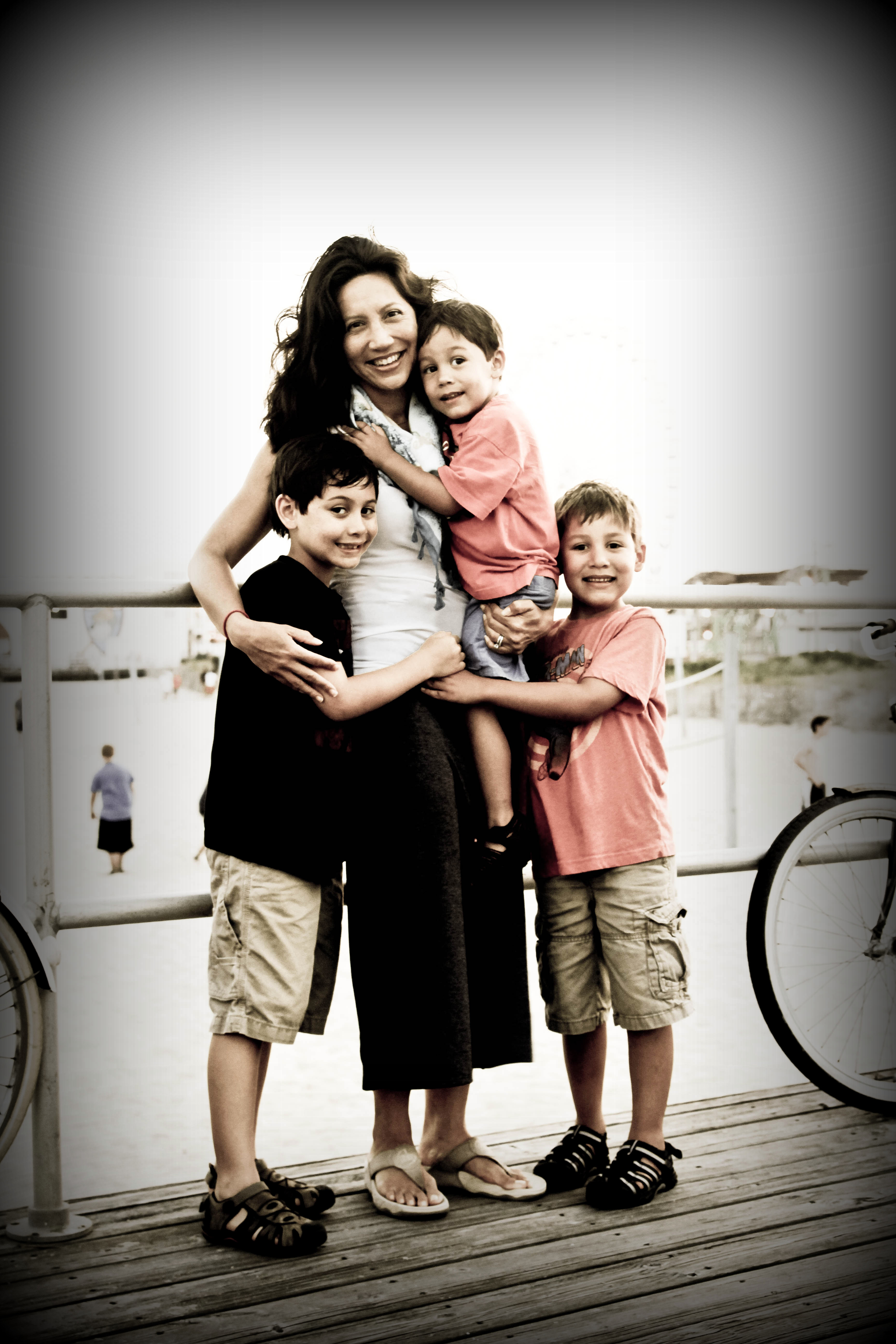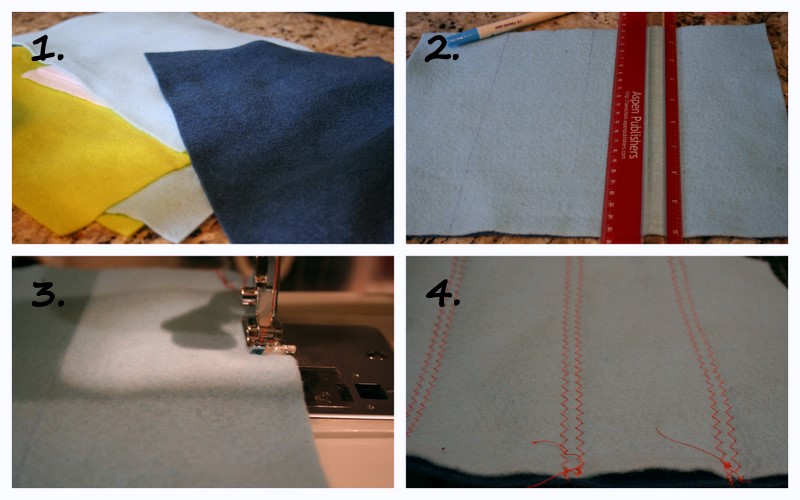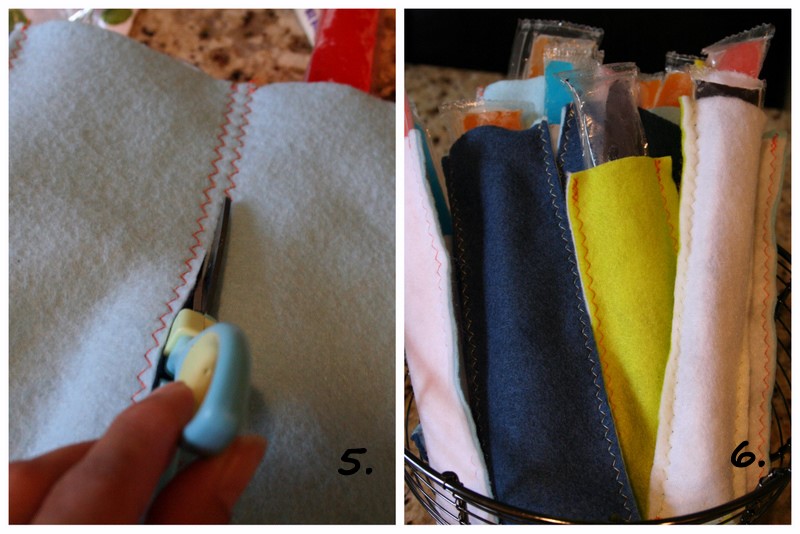
I'm a big fan of reverse applique--it's so fast and easy. Usually I trace an image onto my outer fabric using a water-soluble pen, but when I'm altering a dark fabric, it's hard to see any markings. So on dark fabrics, I usually make a paper template of the image, pin it to the outer fabric, and stitch around it. But sometimes that doesn't work too well--it can be hard to negotiate around fairly intricate shapes even if you do pin down all the edges.
Last week, Leo and I decided to embellish some plain tees and we didn't get around to making them until the very end of Will's nap. Trying to save time, I decided to just stitch right onto my printed image (rather than cutting it out beforehand) then rip away the paper--sort of like paper piecing on a temporary foundation if you've ever done that in quilting. My first attempt was okay, but I used plain computer paper and discovered it was too thick, leaving too many bits of paper caught in the stitches.
So, on my hunt to find a thinner paper (but not use up my precious tear-away stabilizer stash), I came across an old phonebook destined for the recycling bin.
Pages from it worked great--the paper tore away nice and clean. But there are a few things to note. I keep a needle set aside to use on paper only. Sewing through paper really dulls a needle, so although I know you should use a ball-point needle on knits, I end up using whatever my "paper" needle is at the time (I'm usually altering what would otherwise be donated, stained tees, so I don't fuss around too much and just dive in). Make sure to use a fairly short stitch as it will help to perforate the paper, making it tear away easily. Also, I rubbed my finger on the phonebook page to make sure that the ink wouldn't rub off like crazy. It didn't. But still, this might not be the best medium to use if altering a light colored garment.
You will need:
Clothing to alter
Desired image traced onto thin paper like phone book pages
Contrast scrap of fabric larger than your image
Straight pins
Sewing machine

For inspiration, I usually do a Google image search for whatever it is that the boys would like on their shirt. I then hand draw it onto the paper. You could also trace it over a light box but since I don't have one, I am often found tracing against a window. This time I traced a puzzle piece.

Be sure to use a color you can easily see. I do not have a see-through sewing foot so I like to trace my image in bright red.

Pick out your contrast fabric and decide on where you want to place your applique. I often like to center them, but if it's your first time, you might want to pick an off-center spot so you don't have to worry about precise placement--a lower front corner always looks nice.

Place your contrast fabric, right side up, beneath your desired applique spot. Place your paper template on top, makiing sure the contrast fabric is beneath all of your traced lines. Pin, catching all three layers: your paper, the garment, and the contrast fabric.

Set a short stitch length on your machine to really perforate the paper to make it tear away easily. Stitch directly onto your 'sandwich' following the outline of your image, removing pins as necessary. Don't forget to backstitch at the start and finish.


Gently tear the paper, pulling away from the stitches, not across.


Using small detail scissors, carefully cut away the top fabric to reveal the contrast fabric. Cut close to the stitched line but you want to leave a little bit of the top fabric so your stitches don't pull through.

Your edges will look a little imperfect until you launder the garment. After washing it, the knit fabric will curl back for a nice effect.

Trim the contrast fabric from the back. I like to use pinking shears.

Now give it to the patiently waiting munchkin to wear! Oh, and we did a rocket too.

Have fun!

 Wednesday, October 7, 2009 at 10:58AM
Wednesday, October 7, 2009 at 10:58AM 



















